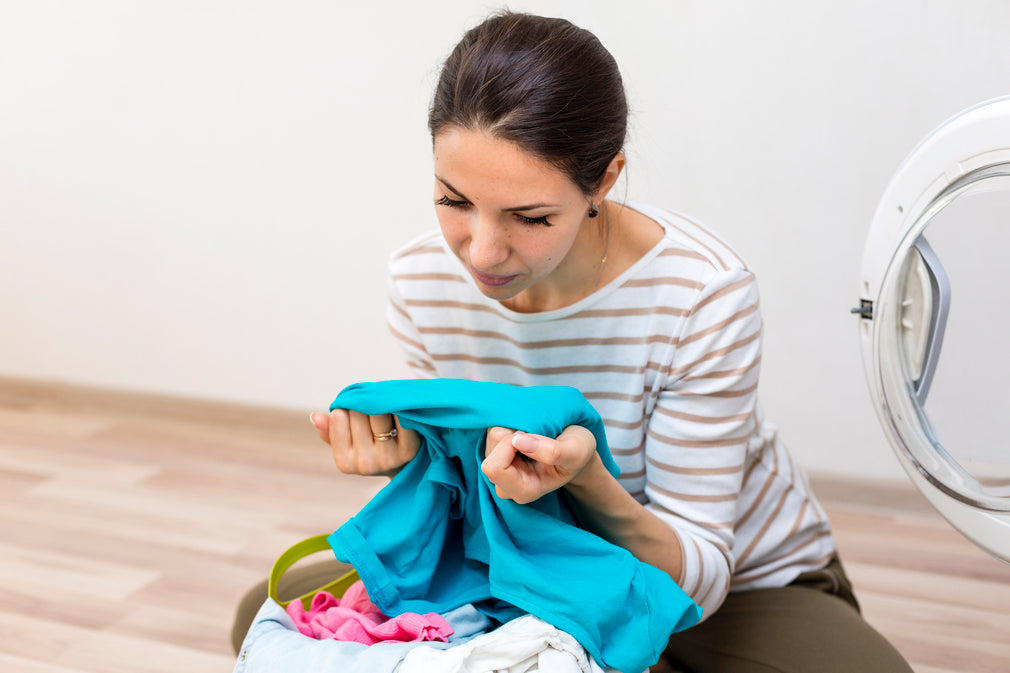We've all experienced that heart-wrenching moment when we pull our favorite garment out of the washing machine only to find unsightly holes or tears. It's frustrating, confusing, and can leave us wondering what on earth could have caused such damage. In this blog, we will explore the possible reasons behind clothes ripping in the washing machine and how you can prevent it.
Major Reasons of Holes in Clothes after Washing and Drying
When we wash and dry our clothing in the washing machine, there are a number of reasons why we get holes in clothes after washing and drying. The following are some of the main things we should avoid if we want to preserve our clothing in good condition:-
Overloading your washing machine:
One common cause of clothes developing holes after washing and drying is overloading the machine. When you cram too many clothes into a single load, they don't have enough room to move freely during the cycle. This leads to excessive friction, which can weaken the fabric and result in tears or holes.
Aggressive washing cycles:
Certain washing machine settings, such as high-speed or prolonged agitation cycles, can put excessive strain on delicate fabrics. These aggressive movements can cause the fibers to weaken and eventually tear, leaving you with damaged clothes. To prevent this, opt for gentler cycles when washing more delicate garments.
Rough or damaged machine parts:
Another culprit behind holes in clothes is rough or damaged machine parts. Over time, the interior of your washing machine can develop sharp edges, loose screws, or worn-out components. When clothes come into contact with these elements during the wash cycle, they are prone to tearing. Regular maintenance and inspection of your machine can help identify and fix these issues before they cause damage.
Poor-quality fabrics:
The quality of the fabric itself plays a significant role in preventing holes and tears. Inferior or weak materials are more likely to succumb to the stresses of the washing machine. To avoid this, invest in garments made from durable fabrics that can withstand the rigors of regular washing.
Snags from zippers, hooks, and buttons:
Zippers, hooks, and buttons on clothing items can snag on other garments or the drum of the washing machine, causing tears and holes. Always ensure that all loose or sharp objects are properly secured or fastened before tossing them in the wash. Consider using a laundry bag to protect delicate items and prevent them from getting entangled.
Stain remover detergent mishaps:
While stain remover detergent is excellent at tackling stubborn stains, they can sometimes be too harsh on fabrics. If not properly rinsed out, the chemicals in these detergents can weaken the fibers, leading to holes or discoloration. Follow the manufacturer's usage directions carefully, then rinse well to get rid of any leftovers.
Excessive spinning or drying:
Overly vigorous spinning or drying cycles can put undue stress on clothes, causing them to rip. The high centrifugal force can stretch the fabric beyond its limit, especially if it's already weakened or delicate. Opt for lower spin speeds or consider air-drying more delicate items to minimize the risk of damage.
Conclusion:
Preserving the integrity of your clothing is essential, and understanding the causes behind holes in clothes after washing and drying can help you prevent such mishaps. Remember to avoid overloading the washing machine, use appropriate cycles for different fabrics, inspect your machine regularly, and handle delicate items with care. By taking these precautions, you can ensure that your favorite clothes remain intact and continue to serve you for years to come.

